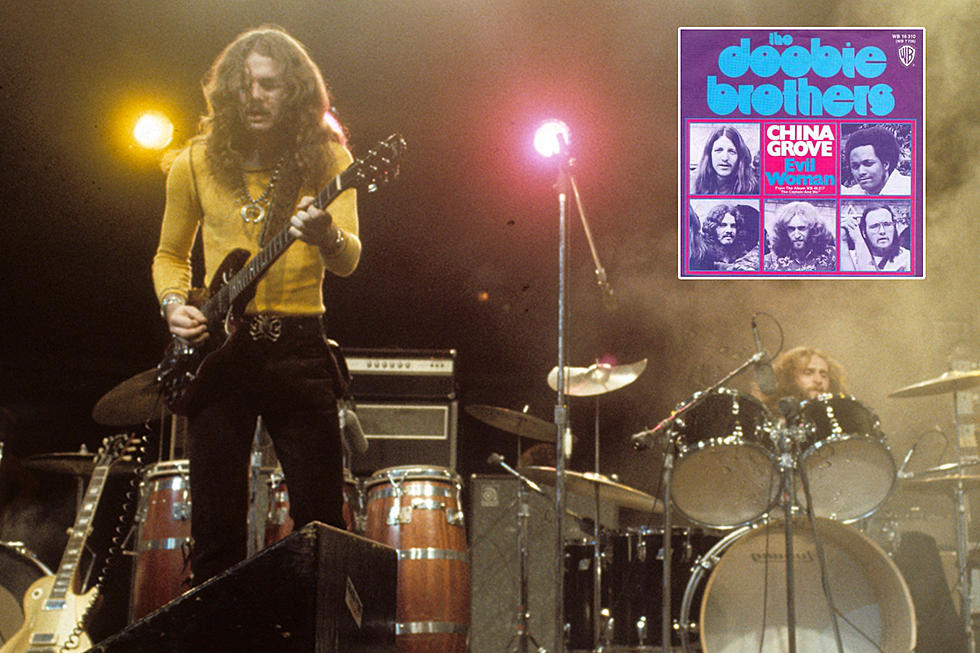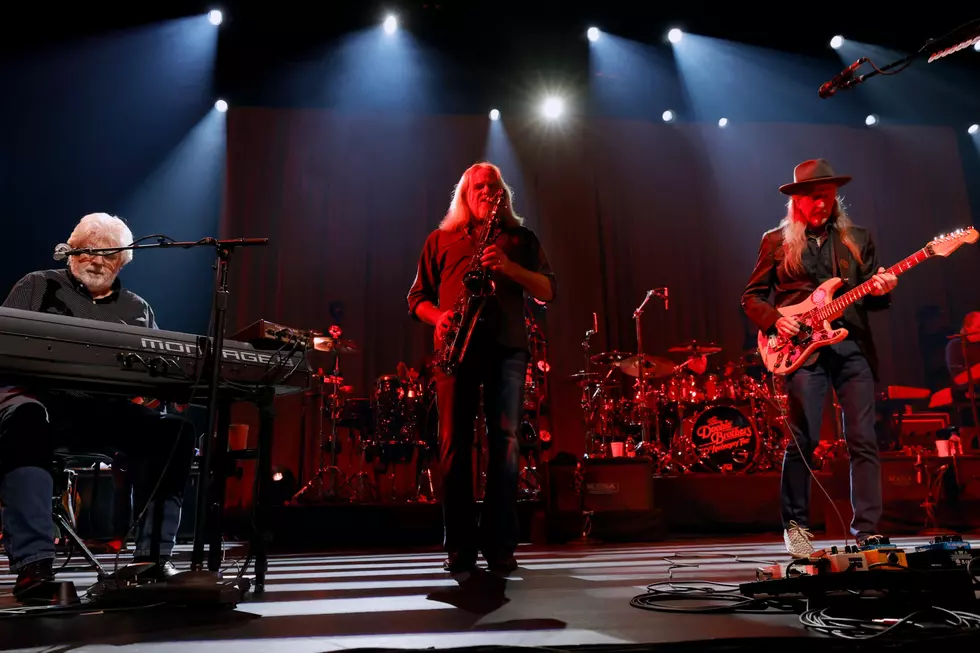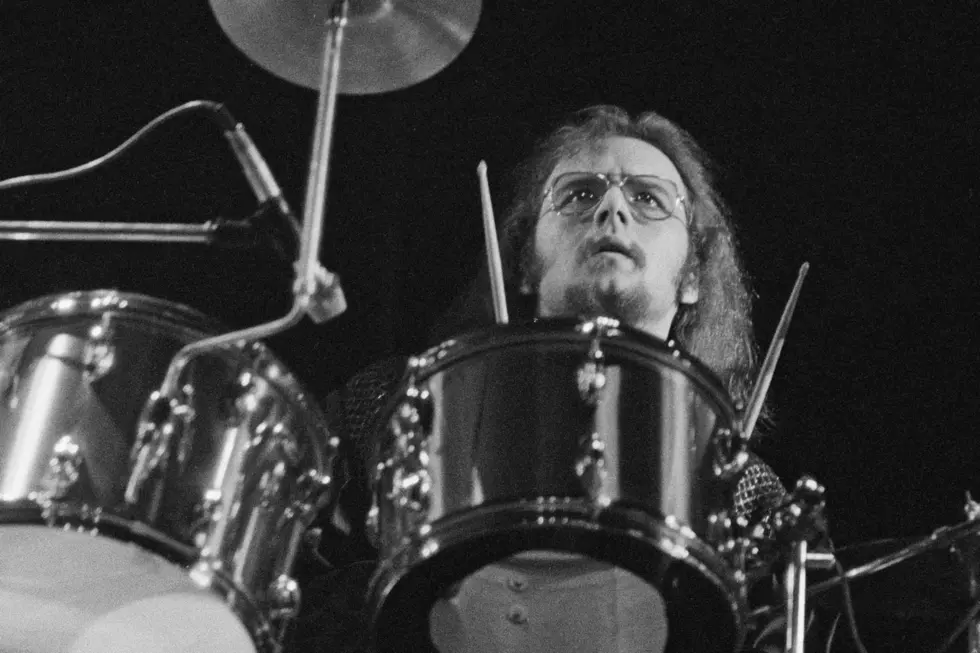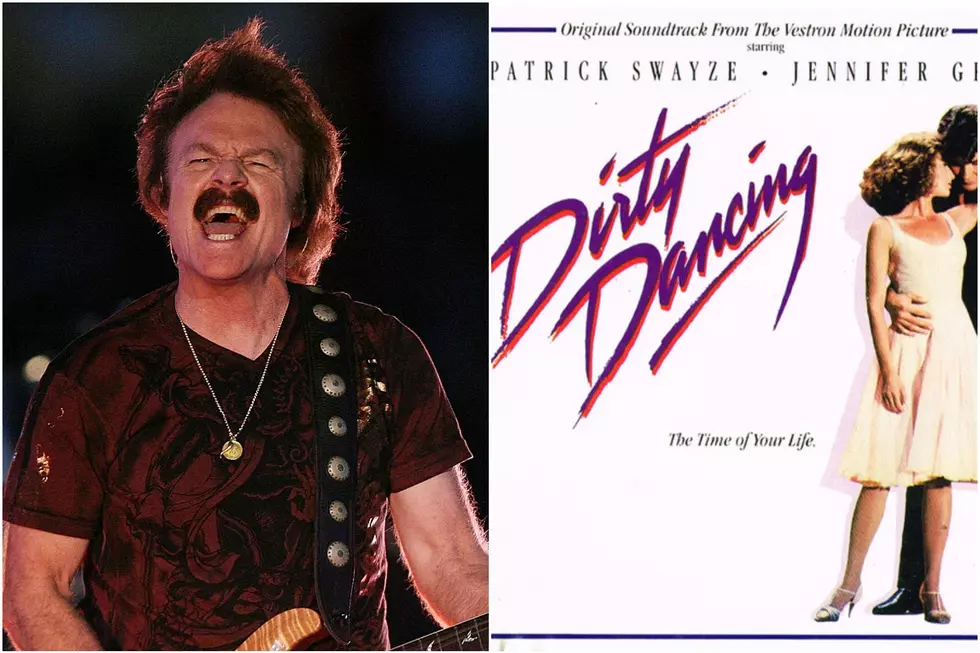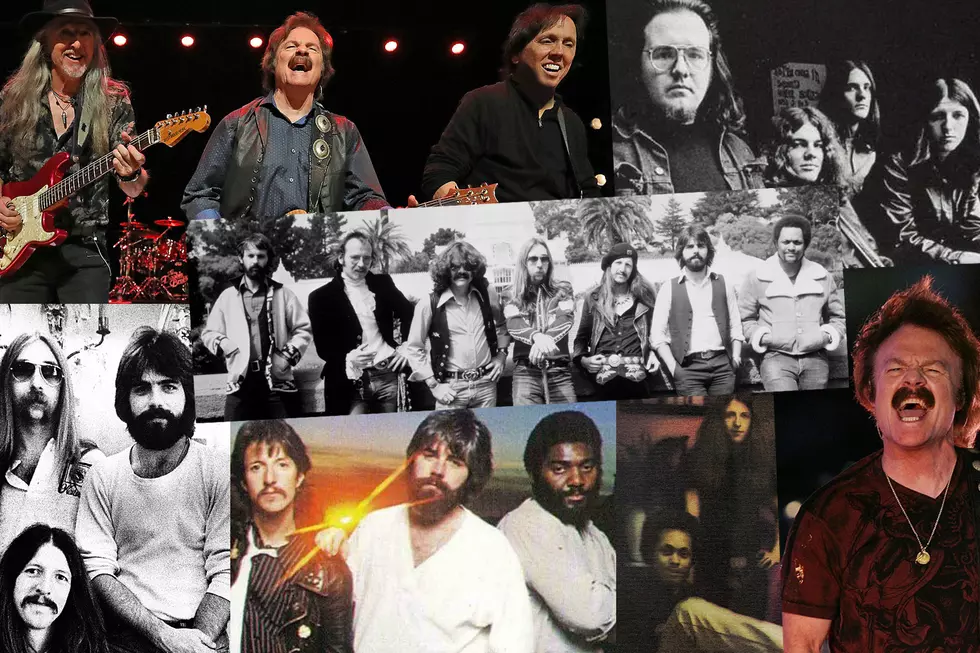
Doobie Brothers Lineup Changes: A Complete Guide
The history of the Doobie Brothers is generally thought of as being of two distinct sounds and lineups. But a closer look at their lineup changes over the years reveals that they've had near-constant change.
They started out as a quartet in San Jose, Calif., with guitarists Patrick Simmons -- the lone constant member throughout the years -- and Tom Johnston sharing lead-vocal chores, with drummer John Hartman and bassist Dave Shogren rounding out the group that released 1971's self-titled debut. By the time of the follow-up, 1972's Toulouse Street, Shogren had been replaced by Tiran Porter, and they took on a second drummer, Michael "Big Mike" Hossack.
That willingness to add more members became a Doobie Brothers hallmark. Within a few years, they added a third guitarist, Jeff "Skunk" Baxter, whom they knew from touring with Steely Dan. Baxter would soon facilitate a switch that changed the course of the Doobie Brothers forever.
In 1975, Johnston was forced off the road because of severe stomach ulcers. In his place, Baxter suggested future five-time Grammy winner Michael McDonald, who had been a backup singer in Steely Dan's touring band. In addition to his soulful vocals, McDonald was a gifted songwriter and keyboardist, and with 1976's Takin' It to the Streets, they began a transition from gritty biker band with country-blues leanings to a slick and jazzy keyboard-focused group.
While it brought them new commercial heights, it didn't keep the lineup stable. The Doobies soon added Bobby LaKind, a member of their road crew, as a percussionist and brought in saxophonist Cornelius Bumpus. Baxter, unhappy with this direction, jumped ship and was replaced by John McFee.
Pretty soon the hectic pace that defined successful rock bands in the '70s took its toll on everyone involved, and the Doobie Brothers broke up in 1982. But five years later, they reunited in a big way, with nearly everybody who ever played in the band coming together for a tour to raise money for various charities.
That led to a reactivation of the group, with the five-piece lineup that made Toulouse Street and The Captain and Me, aided by LaKind and Bumpus, releasing the Top 20 album Cycles in 1989. A second record, Brotherhood, followed two years later. As LaKind was dying of cancer in late 1993, another all-star Doobies lineup played a few shows to help his family.
Since then, they've focused mainly on touring, often relying on hired guns to replace the members who've either died or quit the band. We round them all up in our detailed history of Doobie Brothers Lineup Changes.
More From Ultimate Classic Rock



